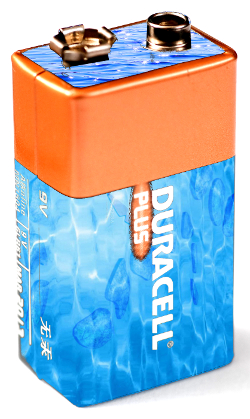Pumping dams could plug holes in power supply
 Using a giant battery made of water and gravity, engineers have proposed a new way to store renewable energy to meet extra demands.
Using a giant battery made of water and gravity, engineers have proposed a new way to store renewable energy to meet extra demands.
University of NSW water engineers are urging the government to consider pumped hydro storage as a way to meet the state’s future power demands.
The storage method is as effective as it is simple.
Pumped storage uses two connected reservoirs; one on higher ground than the other. Water is pumped to the elevated reservoir using a renewably-powered pump, then released back down the hill to drive a turbine and generate hydroelectricity during times of heavy demand.
The UNSW Water Research Laboratory has put out a preliminary report on the feasibility of pump storage, identifying various locations where the innovative installations would make sense.
The team has also built a lab-scale prototype to demonstrate the technology.
“Pumped storage is a proven, cost-effective solution for storing renewable energy and we recommend that the potential for hydroelectric storage in NSW be assessed as a matter of priority,” said Associate Professor Bill Peirson, Director of the UNSW Water Research Lab.
In fact, Australia already has some pumped storage in operation, but experts say it could be ramped-up across the board.
Two major pumped storage facilities in NSW - Tumut 3 Power Station in the Snowy Mountains and the Kangaroo Valley Power Station - have been operating for approximately four decades.
“Though well-understood and extensively developed in foreign energy markets, pumped storage is largely under-used in NSW and the Australian Energy Market,” says Peirson.
Recent floods have prompted calls for better flood mitigation infrastructure, which the expert says would be a great opportunity to incorporate pumped storage.
The system is not without its drawbacks; increased reservoir surface areas will increase evaporation, hydroelectric storage installations have high up-front costs, and it requires sections of land to be intermittently flooded.
Dr Peirson says the impacted land will be in river valleys that already experience impacts from existing dam infrastructure, and argues that significant technological advances have been made to reduce evaporation.
He added that big improvements to river fish passage and water quality are be possible if reservoir water levels can be modified by pumped storage, and that hydroelectric installations have advantageous lifespans exceeding 50 years for operating costs of just a few cents per kWhr.
The University has provided further explanation in this video;







 Print
Print